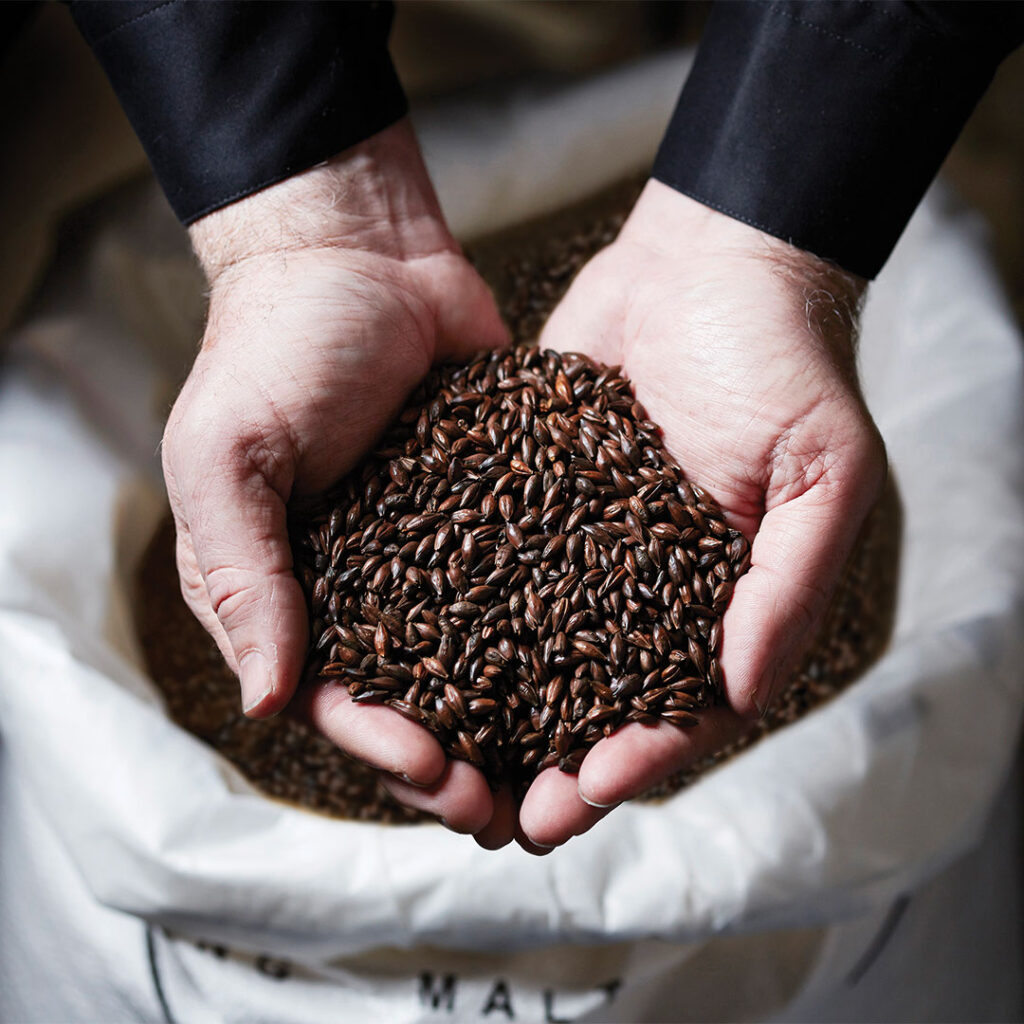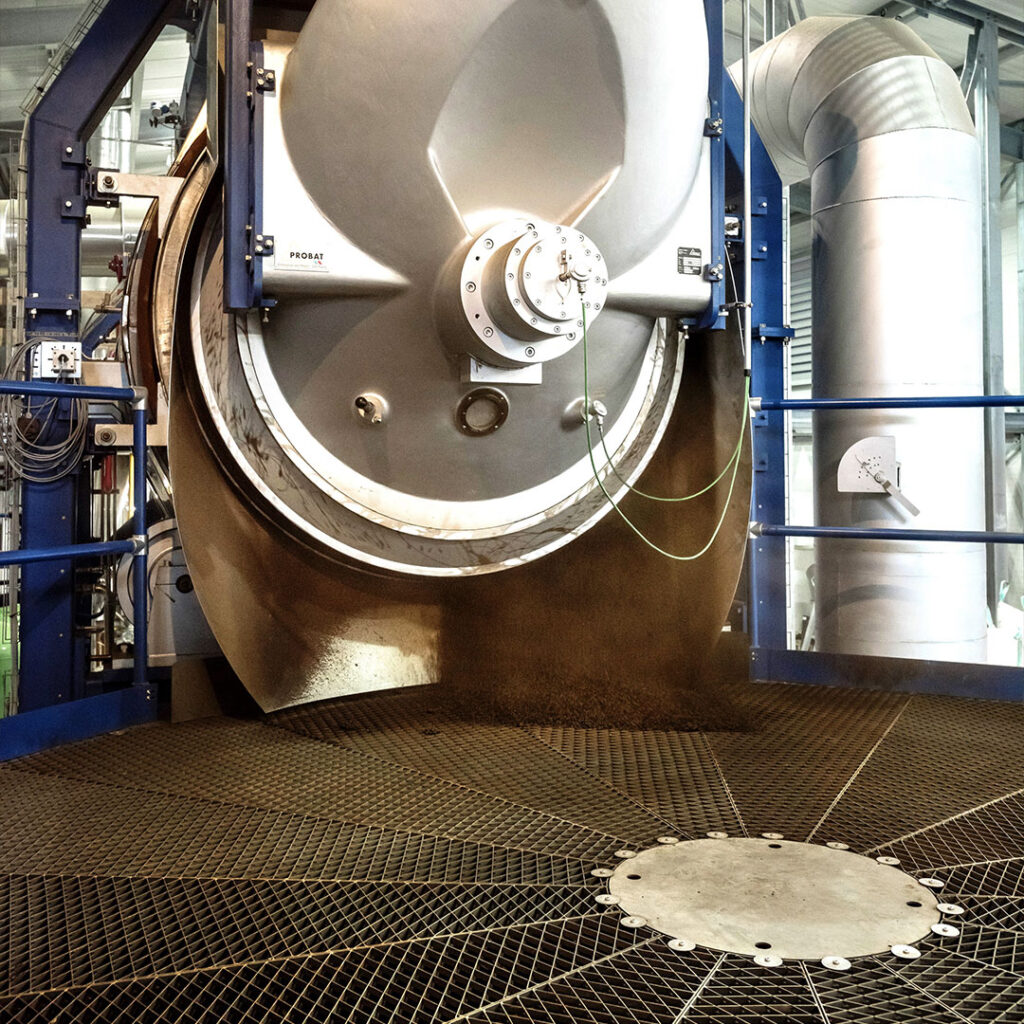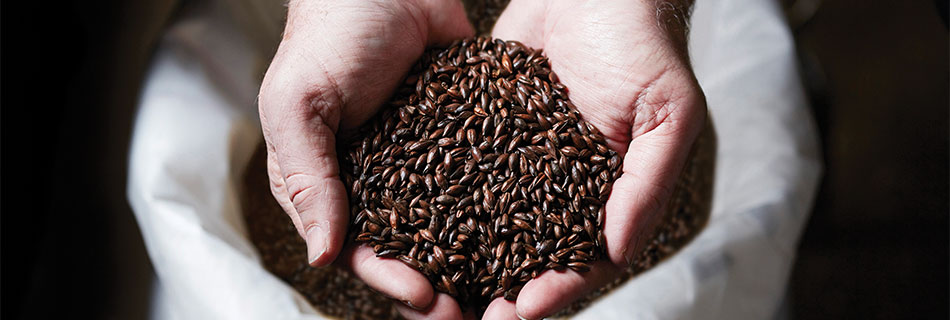Malting has been a craft for thousands of years. Brewers long relied on it, often without fully understanding what the process involved. The principle, however, has hardly changed: grain is steeped, germinated, and dried. Yet malting has never stood still. Innovation arrived in the 19th century, when engineer and inventor Daniel Wheeler changed malting forever.

Brewing in the dark ages of malt
Porters and Stouts were once brewed with brown malt, an intensely kilned malt. To produce it, maltsters lit a fire under the kiln floor to dry the grain. But the heat was difficult to control. Some kernels remained underdone, while others burned completely.
Brewers, desperate for deep colour, often turned to additives and colourants. When the British government banned these adjuncts, panic spread. How could they achieve the rich darkness of a true black beer without them?
The invention that changed everything
Inventor Daniel Wheeler had the answer. Inspired by coffee roasters, he designed a new way to roast malt. His key innovation was the use of a rotating metal drum, which protected the malt from direct flame. This allowed pale malt – cheaper and far more reliable than brown malt – to be roasted at precise temperatures of 360ºF (182ºC) to 400ºF (204ºC).
On 28 March 1817, Wheeler received British Patent 4112 for his “cylindrical iron machine or vessel” that “should be kept in motion.” This introduced patent malt, roasted to consistent quality and flavour. Brewers suddenly had a reliable malt that produced dark beers without harsh burnt notes.
The roaster also unlocked new possibilities. By fine-tuning time and temperature, Wheeler discovered he could create caramel malts. The process converted starch into sugars, adding sweetness to Porters and Stouts and broadening the brewer’s toolkit.

Why The Swaen still leads the way
Today, many malthouses still rely solely on kilns to make coloured malts – even those marketed as caramel or crystal malts. But at The Swaen, we know only a roaster can achieve the temperatures required for true caramelisation.
That’s why the Menu family built their own roaster in the late sixties, specifically to explore these possibilities. And in 2014, we unveiled our state-of-the-art Probat drum roaster – still the largest in the industry.
Our roaster ensures precision. With perfect temperature regulation, uniform heat distribution, and continuous drum rotation, we achieve consistent, high-quality malt. The blades inside keep the grain in constant motion, while we control every variable – from heat to moisture. This allows us to craft the exact flavour, colour, and complexity modern brewers and distillers demand.
So, the next time you brew or enjoy a Porter or Stout, take a moment to remember inventor Daniel Wheeler – the man whose invention made these dark, flavourful beers possible. His roaster didn’t just solve a problem. It opened the door to creativity, consistency, and entirely new flavour profiles.


